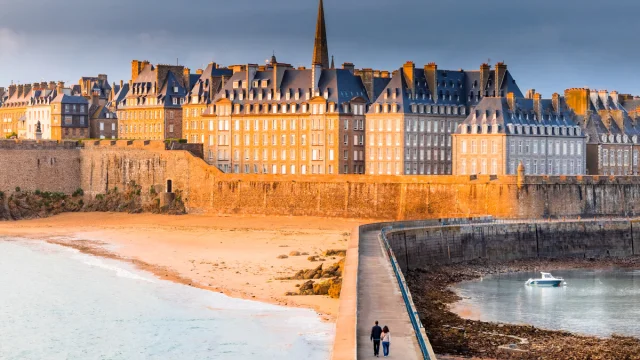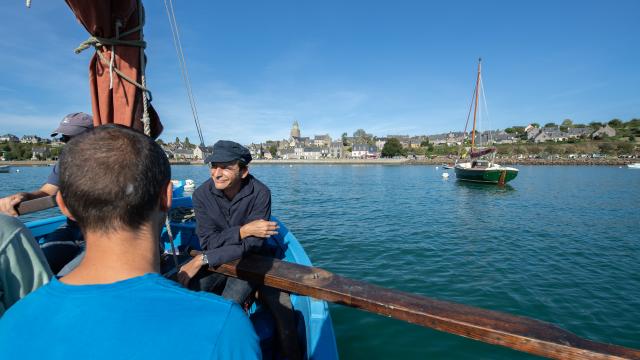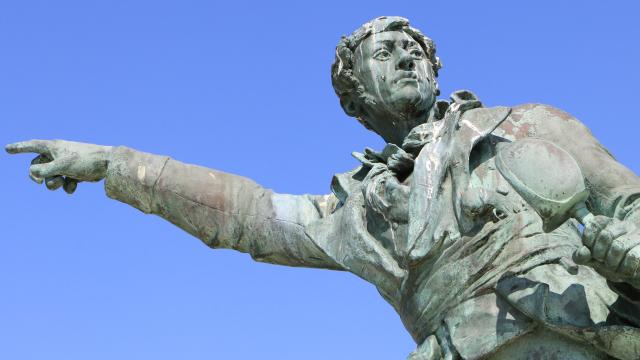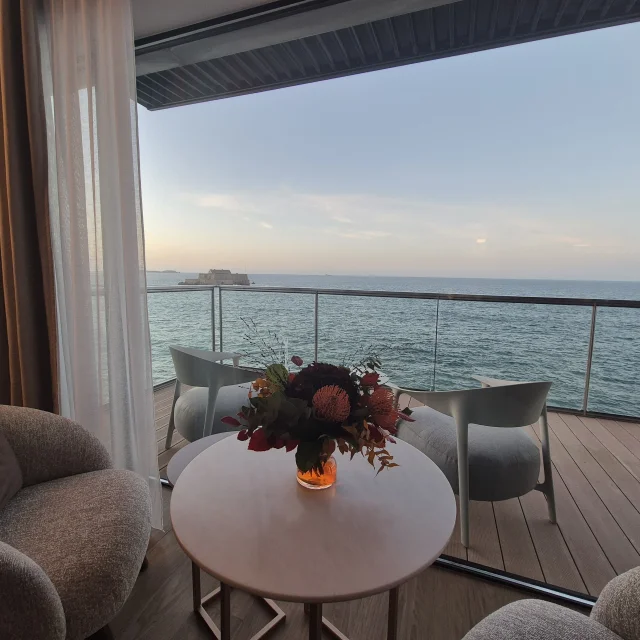Jacques Cartier (1491-1557)
Commissioned by King François I, the navigator discovered the St Lawrence estuary and took possession of Canada in 1534. Buried in Saint-Vincent Cathedral.
Jacques Cartier is certainly the most famous French sailor of the Renaissance. The “discoverer of Canada”, born in Saint-Malo in 1491 was the son of fishermen from Saint-Malo. He began his career as a sailor and then as a master pilot before being promoted to ship’s captain by François 1er. The latter entrusted him with two missions: to explore the “Northwest Passage” to Asia and to find new lands rich in gold and other treasures, in order to establish a French settlement there. It was thus that Jacques Cartier landed on the shores of Newfoundland in 1534, marking the start of the colonisation of New France.
 ©smbmsm Jacques Cartier
©smbmsm Jacques Cartier Statue Jacques Cartier St Malo Smbmsm 10135
Statue Jacques Cartier St Malo Smbmsm 10135 Statue Jacques Cartier St Malo Smbmsm 10139
Statue Jacques Cartier St Malo Smbmsm 10139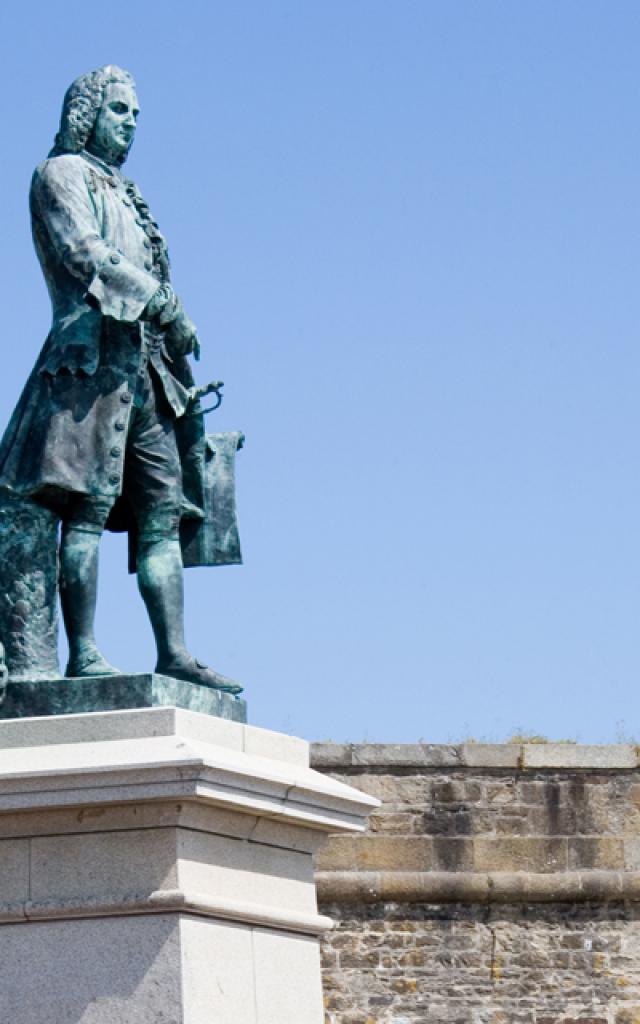 ©pjosselin Statue Mahé De La Bourdonnais
©pjosselin Statue Mahé De La BourdonnaisBertrand-François Mahé de la Bourdonnais (1768-1848)
He criss-crossed the seas as a Lieutenant and then Captain for the Compagnie des Indes; he contributed to the economic development of the Bourbon Islands (Reunion Island) and the Isle of France (Mauritius), of which he was Governor. Jealousised by Dupleix, he was imprisoned for 3 years before being found innocent. His statue is located at the Île Maurice roundabout near the Cale de Dinan.
Le commandant Charcot
Jean-Baptiste Charcot, doctor and polar explorer, left his mark on the history of Saint-Malo. It was from the corsair city, that he undertook the Antarctic expeditions. In 1903, he had a 32-metre three-masted schooner, “Le Français”, built in Saint-Malo and mounted the first French expedition to Antarctica. The scientific discoveries were remarkable, with 1,000 kilometres of coastline surveyed and 75 observation boxes sent to the National Museum of Natural History.




